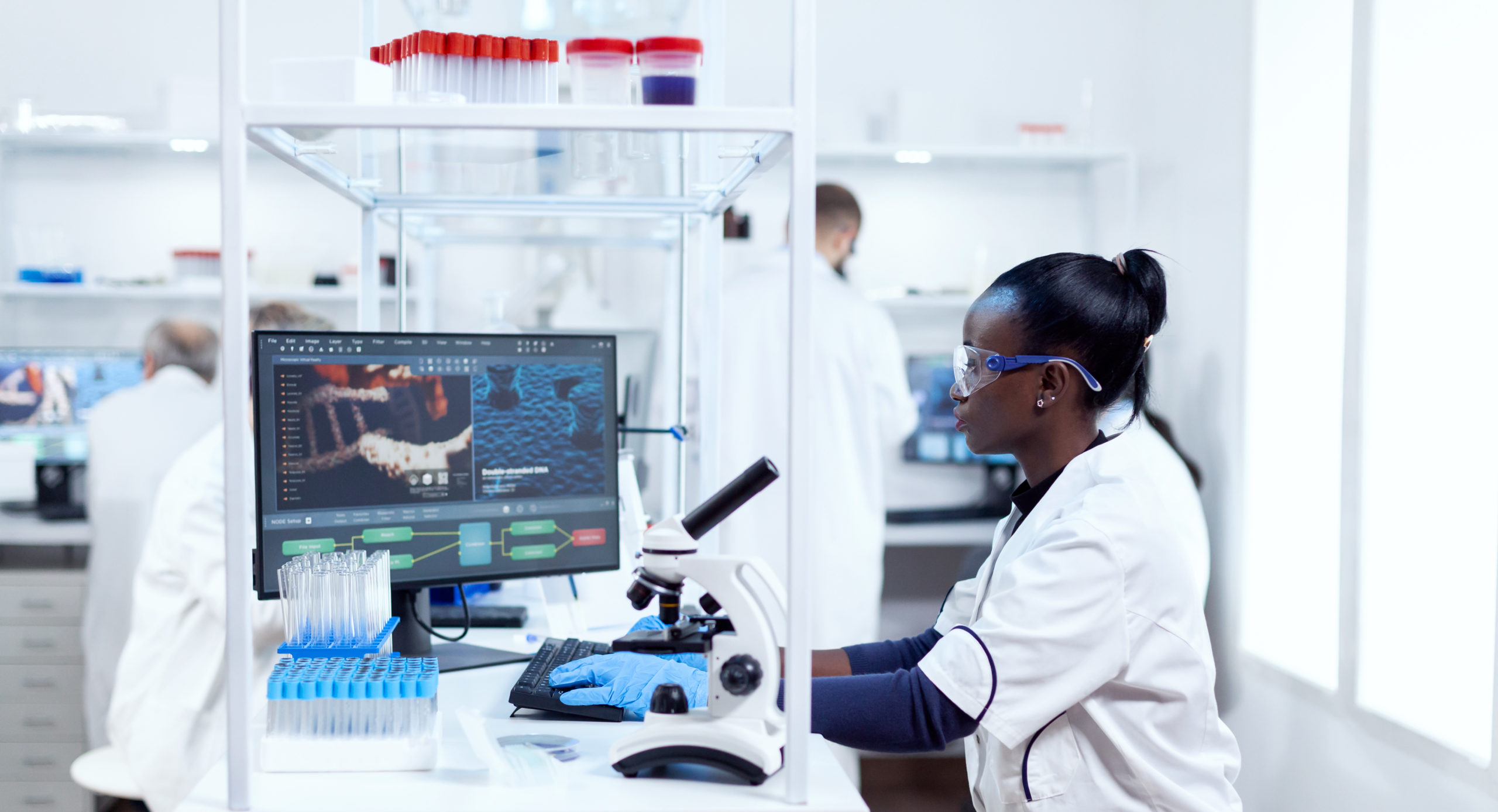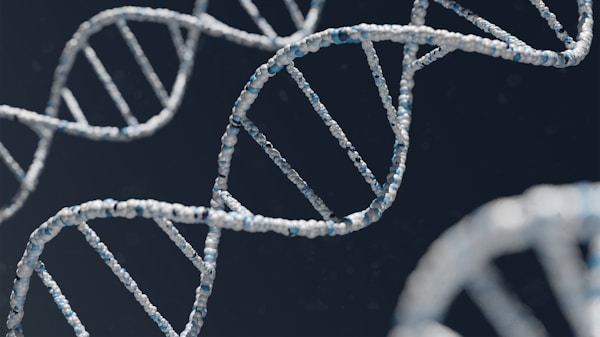
Today, data is a crucial aspect of all businesses and industries, including the health care industry. There are many ways health care facilities can utilize data. In this blog, we’ll explore a few of these methods for utilizing data. Keep reading to learn about the many ways data can be used in health care.
Useful Insights for Medical Technology Companies

One way that health care facilities can utilize data is by turning clinical and regulatory documentation into useful insights for medical technology companies. The use of data helps improve the quality and efficiency of medical technology products. In addition, it can help reduce the time and money that is needed to bring new medical technologies to market.
There are numerous ways that data can help improve medical technology products. For example, companies can utilize clinical data to improve the accuracy and completeness of clinical information. Furthermore, they can improve the design of medical technology products with this data. As a result, medical technology companies can make sure that their products are safe and effective.
Aside from using data to improve medical technology products, medical technology companies can also use it to improve their regulatory submissions. By utilizing regulatory data, medical technology companies can make sure that their submissions are accurate and complete. This utilization can help speed up the approval process for new medical technology products.
Many companies turn to clinical and regulatory intelligence platforms like NyquistData. Platforms like the one from NyquistData are an all-in-one platform for clinical, regulatory, and business intelligence. With tools like these, medical technology companies can make the most of data.
Mining Patient Satisfaction Surveys
Mining patient satisfaction surveys is another way health care facilities can utilize data. Patient satisfaction surveys are questionnaires that ask patients about their experiences with the hospital, such as the quality of care they received and the friendliness of the staff. The results of these surveys can help hospitals improve their services and make patients happier.
Hospitals can use data mining techniques to analyze patient satisfaction survey results. This process involves extracting useful information from the data, such as patterns and trends. Data mining can help hospitals identify problems with their services and find ways to improve them.
The results of patient satisfaction surveys can also help facilities measure the quality of care they provide. Hospitals can use this information to compare their performance with other hospitals and identify areas where they need to make improvements.
Genetic Trait Testing

Genetic trait testing is the process of examining a patient’s genetic makeup to determine if they’re at risk for developing a certain disease or disorder. This information can be used by health care facilities to help prevent and treat potential health problems in their patients.
With a DNA raw data upload, health care facilities can identify patients who are carriers of genetic disorders. Carriers are individuals who have a copy of the gene for a genetic disorder but don’t experience any of the symptoms of the disorder. By identifying carriers, health care facilities can provide them with information about their risk of passing the disorder on to their children. In some cases, genetic trait testing may also be used to determine if a patient is a candidate for certain treatments or medications.
Another benefit of genetic trait testing is that it can help to improve our understanding of the genetic causes of diseases. This information can be used to develop new treatments and medications, as well as to design new clinical trials.
Genetic trait testing is a valuable tool that can be used by health care facilities to improve the health of their patients.
Utilizing Data in Health Care
The overall importance of health care facilities being able to utilize data is to ensure that patients receive the best care possible. By being able to track and analyze data, health care facilities can see where they need to make improvements and what treatments are working best. This process allows for a more efficient and effective health care system.
